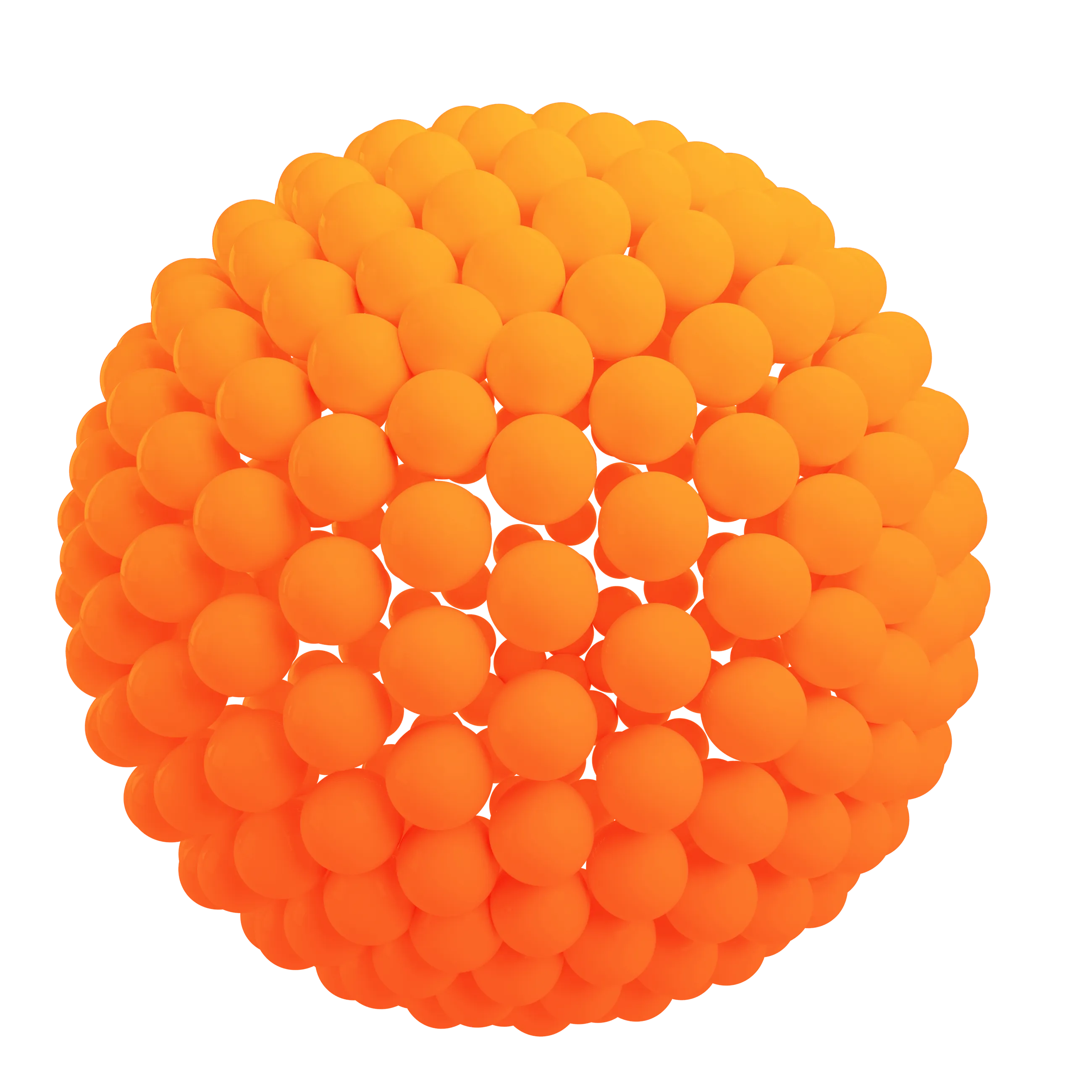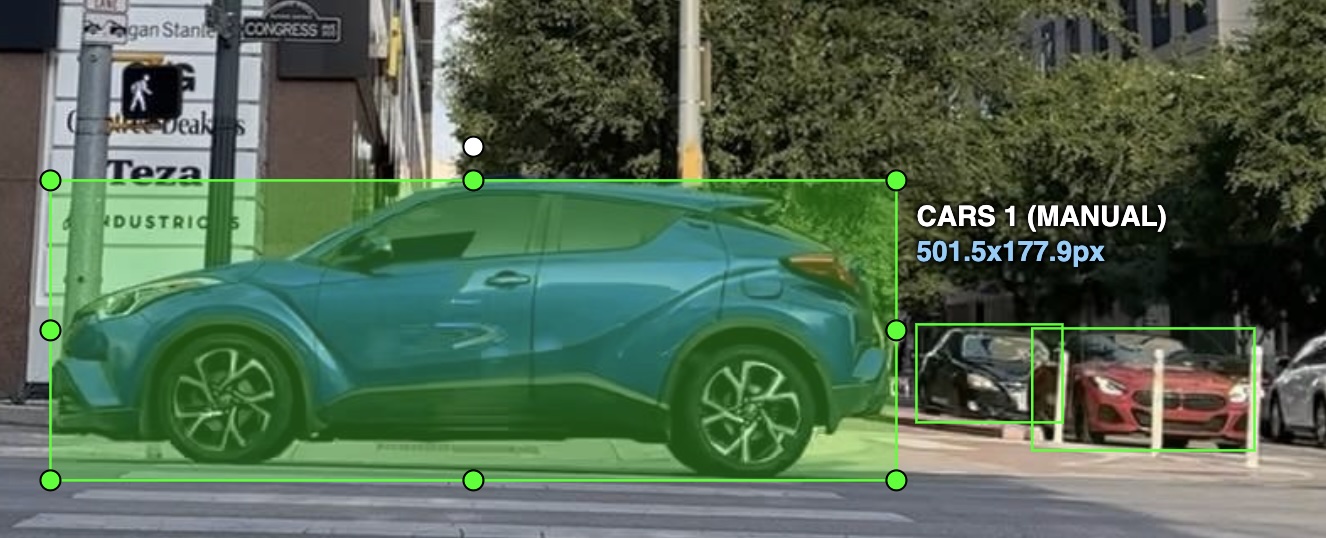We collaborate with the best tech industries
Empowering the world’s most ambitious AI projects—yours could be next
We develop cutting-edge AI training models to accelerate your innovation. Smarter, faster, and more efficient AI starts here.
Get Started
Building AI is challenging, but it shouldn’t be a roadblock. We solve the biggest hurdles in AI training—so you can focus on innovation, not limitations.

Bounding boxes are rectangular boxes used to outline objects in an image. They are defined by the x and y coordinates of the top-left and bottom-right corners. This is the most common and efficient method for object detection tasks like identifying cars, people, or animals in images or video frames.

Polygons are used to draw complex shapes by connecting multiple points around an object’s boundary. This method provides more precise segmentation than bounding boxes, especially for irregularly shaped or overlapping objects.

Keypoints are specific, predefined points of interest on an object — such as joints on a human body or facial landmarks. These are useful for pose estimation, facial recognition, and gesture detection.

Lines and arrows are used to indicate direction, motion, or connections between two or more points in an image. Arrows often suggest flow or intent, while lines can show roads, boundaries, or trajectories.

Polylines are continuous lines made up of multiple connected points. Unlike closed polygons, polylines do not form enclosed shapes. They are ideal for mapping linear features.

Cuboids are 3D boxes used to annotate the spatial position, orientation, and depth of objects in 3D space or simulated 3D from 2D images. They’re essential for depth-aware applications.
Building AI is challenging, but it shouldn’t be a roadblock. We solve the biggest hurdles in AI training—so you can focus on innovation, not limitations.

Step 1
You send the data
The client uploads raw data (images, videos, documents).

Step 2
We annotate it
Annotators label tools like bounding boxes, segmentation marks, tags, etc.

Step 3
We review every lebel
Quality assurance team verifies annotation accuracy using sampling or full-review

Step 4
You get the labeled data
Final annotated files are delivered in the requested format (e.g, COCO JSON, XML).
Building AI is challenging, but it shouldn’t be a roadblock. We solve the biggest hurdles in AI training—so you can focus on innovation, not limitations.
.png)
Empowering the world’s most ambitious AI projects—yours could be next
Building AI is challenging, but it shouldn’t be a roadblock. We solve the biggest hurdles in AI training—so you can focus on innovation, not limitations.
Our optimized models reduce training time and computational costs by up to 60%, making AI development more accessible.
We leverage high-quality, expertly curated datasets to train our AI models, ensuring precision, fairness, and adaptability across industries.
Our AI models are designed for seamless scalability, running efficiently on both cloud-based and on-premise infrastructures.
Stay ahead with our continuously evolving AI models, designed for cutting-edge applications in various industries.
With automated retraining pipelines and self-improving algorithms, our models evolve alongside your business, ensuring long-term accuracy.
We develop AI models with explainability at their core, integrating interpretable architectures and transparent reporting.
AI training shouldn’t be a bottleneck—it should be an accelerator. Our models are built for efficiency, precision, and scalability, helping you achieve faster training times, reduced costs, and higher accuracy. Whether you're optimizing large-scale machine learning pipelines or fine-tuning models for specific applications, our technology ensures maximum performance with minimal resources.

Join our exclusive newsletter for the latest breakthroughs, trends, and AI training insights.
Stay ahead of the curve with our latest insights on AI training, model optimization, and industry breakthroughs.